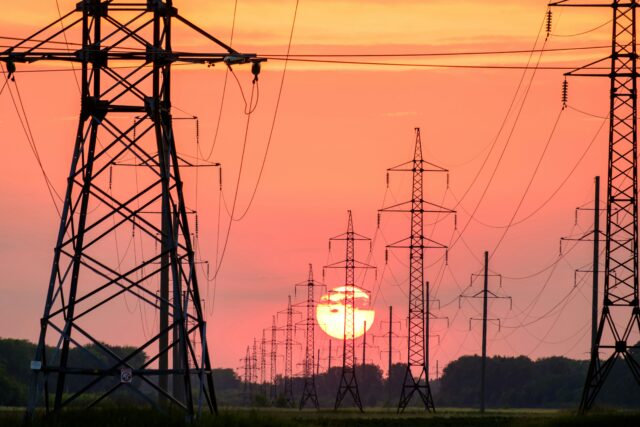The UK’s energy market enters this winter with renewed confidence as the risk of power shortages drops to its lowest level in over five years, according to the National Energy System Operator’s (NESO) latest Winter Outlook.
A combination of strong renewable generation, expanded battery storage, and steady gas supply capacity has strengthened the UK’s electricity margins, offering greater resilience and reduced blackout risk even during peak demand periods.

A More Comfortable Winter Margin
NESO’s base case scenario forecasts a 10% supply margin this winter, roughly 6.1 gigawatts (GW) above expected peak demand. This represents a meaningful improvement from last year’s 8.8% margin (around 5.2 GW).
In practical terms, this additional buffer equates to the output of roughly three medium-sized gas-fired power stations. The strengthened position provides a reassuring signal for energy security and system stability as colder months approach.
Key Factors Behind the Improved Outlook
1. Enhanced Energy Storage and Battery Integration
Advancements in battery storage and grid management mean surplus renewable power can be captured more efficiently and released during periods of low generation. This technology continues to play a growing role in grid stability.
2. New Cross-Border Capacity
A recently commissioned interconnector with Ireland adds further flexibility to import and export electricity as needed, reducing the strain on domestic generation assets during peak demand.
3. Additional Gas Generation Capacity
While renewables dominate long-term strategy, gas remains an essential backup source. NESO confirmed an increase in available gas-fired generation to ensure stability during low-wind or high-demand conditions.
4. Softer Demand Outlook
Overall gas demand is projected to fall around 3% year-on-year, reflecting lower industrial consumption and reduced electricity generation needs, helping maintain balanced system conditions.
Remaining Risks
While the overall picture is positive, NESO cautions that “tight days” may still occur, particularly in early December or mid-January, if severe cold weather coincides with low renewable output.
Even under such circumstances, the system margin is forecast to remain positive at around 5.5% (3.4 GW), suggesting a significantly lower likelihood of emergency measures compared with recent winters.
Energy prices, however, are expected to remain elevated relative to pre-crisis levels, with structural factors in global gas markets continuing to influence costs.
What This Means for Businesses
For UK businesses, this outlook provides welcome reassurance regarding the UK’s short-term energy reliability. The reduced blackout risk lowers the likelihood of unexpected supply interruptions, enabling better forward planning and cost forecasting.
However, the report also reinforces the importance of strategic energy management, particularly around:
- Demand flexibility — adopting technologies or processes that allow for adaptive consumption during peak times.
- Resilience planning — maintaining backup systems for critical operations.
- Energy efficiency investment — continuing to reduce exposure to market volatility and long-term cost pressures.
In summary, while risks have eased, energy resilience remains a strategic priority for UK businesses heading into winter 2025.
Understanding how evolving market conditions affect your operational costs is key to staying resilient. Get in touch with our team to explore how to optimise your energy procurement and planning strategy this winter.

